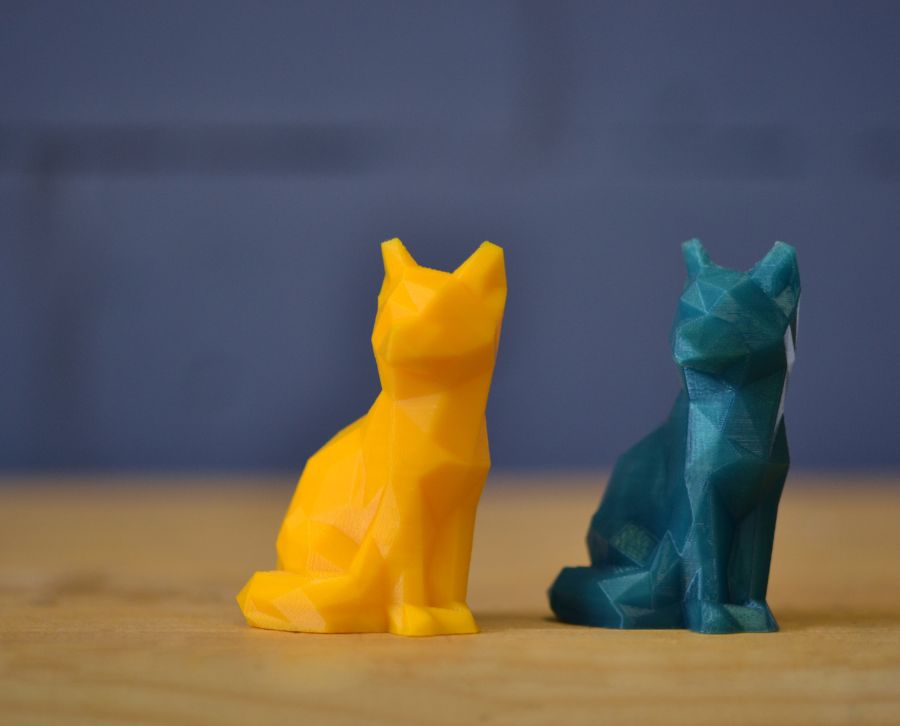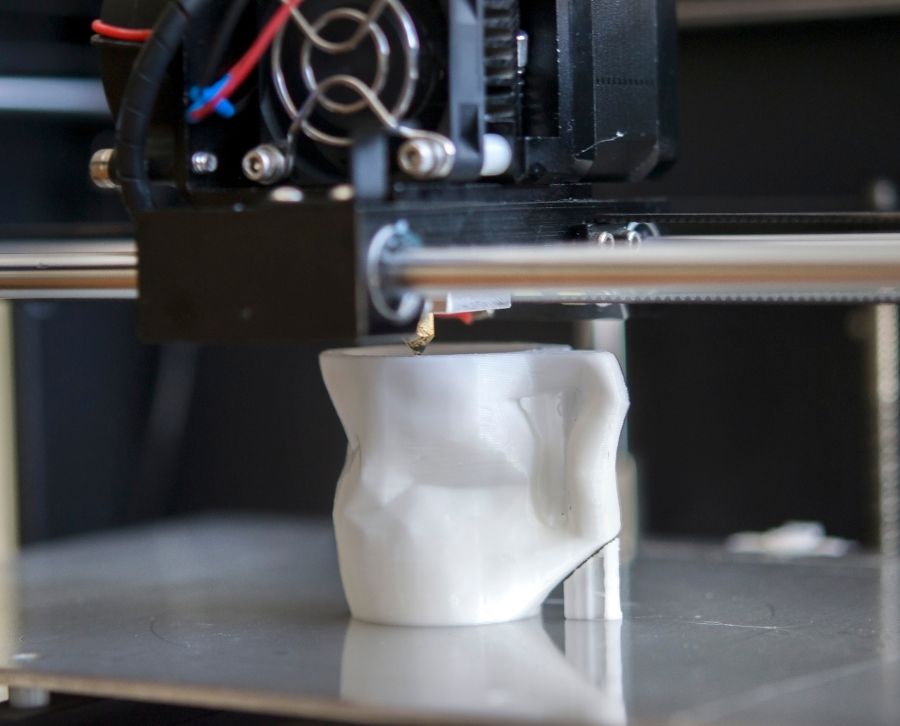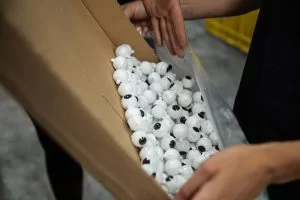3D printing is revolutionising industry by offering an alternative for manufacturing products quickly and efficiently. The different additive manufacturing techniques (fused deposition modelling, stereolithography, DLP and SLM, among others) allow products to be created very precisely without the need for expensive tooling or moulds, which can lead to a significant reduction in production costs.
The scope that this technology is having is evident in its usefulness for rapid prototyping, on-demand manufacturing and the creation of objects with complex shapes. In the paragraphs below, we take a look at its many applications.

The 3D printer revolution in industry
Industrial 3D printers enable the rapid creation of prototypes and functional models. This is a great advantage for greatly accelerating design processes in factories and optimising supply chains. In addition, material waste is minimised by printing only what is needed.
This type of printing offers the opportunity to create complex designs that would be almost impossible to realise with traditional methods. It allows for maximum customisation of objects during manufacturing. This is invaluable in sectors such as medicine, where customised prosthetics can be created for each patient, but also for other industrial sectors.
Additive manufacturing machines have been able to drastically reduce production costs. By eliminating the need for tooling, large amounts of money are saved on tooling and moulds.
In addition, post-processing and waste materials are greatly reduced.

How industrial 3D printing is changing the manufacturing landscape
Today it is undeniable to say that industrial 3D printing is completely transforming the traditional manufacturing landscape. It is visible how companies are now able to create short series of products faster and on demand, without stock or expensive moulds.
CAD/CAM software in combination with 3D printing machines offers great flexibility in design and optimises production processes. It is now easier to manufacture objects with complex geometries and can be done in much less time than with traditional methods.
A revolution for industry
Industries as large and complex as aerospace, automotive and medical are embracing this technology to innovate their processes and products. 3D printing saves them a great deal of time and money.
For example, in the aerospace field, this type of manufacturing allows the creation of lighter and stronger parts that optimise aircraft performance. The precision and safety requirements in this sector are very stringent, so the ability to print highly reliable parts on demand brings great value.
The automotive industry uses rapid prototyping to create prototypes and 3D printing to produce spare parts, tooling and components of various sizes for vehicles. In addition, the ability to decentralise production using additive printing machines close to the assembly line greatly optimises logistics.
In the medical industry, bioprinting opens up a world of possibilities for advancing personalised treatments and regenerative medicine. It is already possible today to print human tissues and organs that could be used in transplants without relying on compatible donors.
Finally, it is worth mentioning the growing food printing industry. Another application of printing that, until a few years ago, was only possible in science fiction. However, it will soon be very real, as it is already being put into practice.
3D printing, the future of manufacturing
There is no doubt that the future of additive manufacturing is very promising. It is easy to foresee an exponential growth of industrial 3D printing in the coming years, as the benefits it offers are indisputable. It is increasingly positioned as the perfect formula for smart, sustainable and cost-effective production.
The list of materials and techniques available for printing is growing. Although metals and other materials can be used, plastics are the main protagonists: ABS, PLA, PETG, polycarbonate, TPU, PEEK, are just some of the existing options. Thanks to this wide variety, the range of applications is expanding and the manufacturing costs are steadily decreasing.
In addition, thanks to machine improvements and improvements in speed, quality and part size, this technology will soon become the preferred option in many industrial sectors.
Industry specialisation, with companies providing materials, software and 3D printers, is essential for the adoption of this technology to grow at a faster pace. Collaboration between industry and governments is an important foundation for further progress.





 by
by